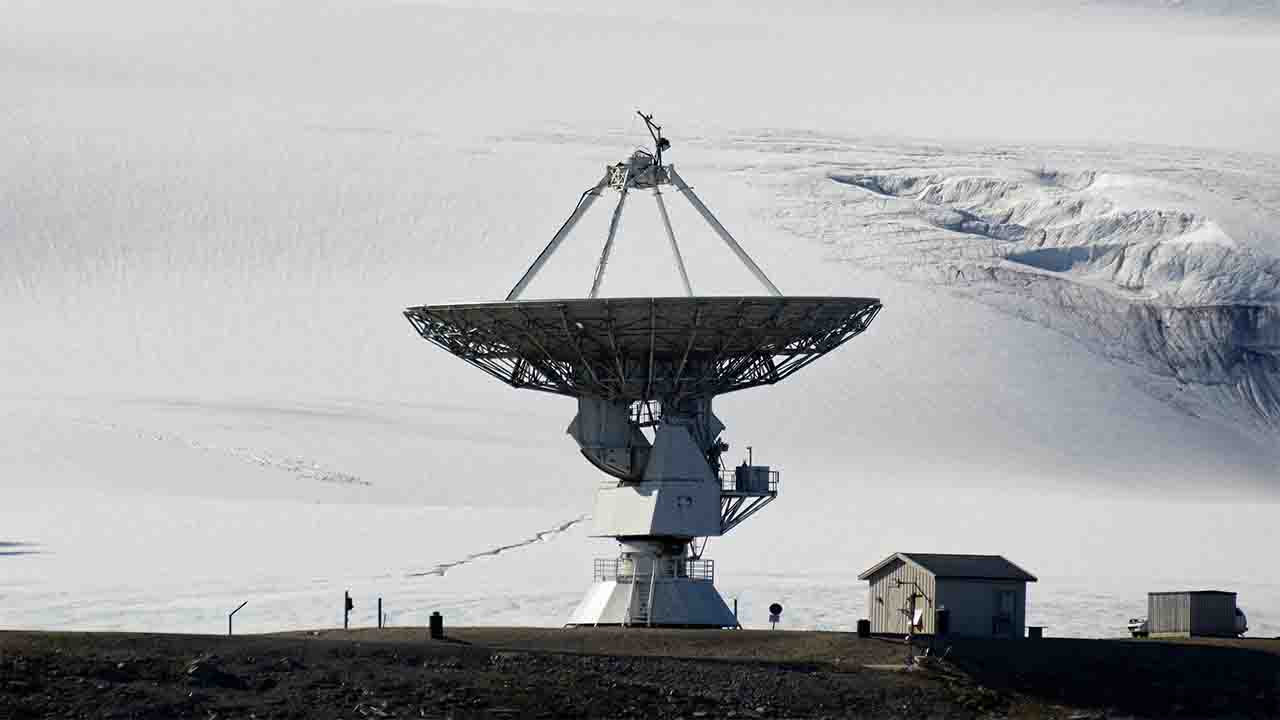Science & Technology (Commonwealth Union) – A Journey Through Time Introduction Satellite technology has come a long way since its inception, transforming various aspects of human life and revolutionizing the way we communicate, navigate, observe, and understand our world and the universe. From humble beginnings to sophisticated networks that span the globe, satellite technology has evolved significantly over the years.
When exploring this key milestone in the history of satellite technology we can reflect on how it has transformed our lives. The Birth of Satellite Technology The first satellite, Sputnik 1, was launched by the Soviet Union in 1957, marking the beginning of the Space Age. Weighing in at a mere 83 kg, Sputnik 1 was a simple radio transmitter that orbited the Earth every 96 minutes. Its successful launch came as a shock to the United States, which had not anticipated the Soviet Union’s rapid progress in space technology. The United States responded with the launch of Explorer 1 in 1958, a satellite designed to study cosmic rays and the Earth’s magnetic field. This marked the beginning of a space race between the two superpowers, which would continue throughout the Cold War era.
Early Satellite Communication
The first satellite for communication, Telstar, was launched by the United States in 1962. It was designed to relay television signals between the US and Europe, but its primary purpose was to demonstrate the potential of satellite communication. Telstar’s success paved the way for the development of communication satellites, which would eventually become a vital part of the global telecommunications infrastructure. In 1965, the first commercial communication satellite, Early Bird, was launched by the United States. It was operated by Intelsat, an international consortium that provided satellite communication services to countries around the world. Early Bird enabled the first live transatlantic television broadcast, making it a significant milestone in the history of satellite technology.
The Rise of Navigation Satellites
The United States launched the first satellite navigation system, Transit, in 1960. Transit was designed for use by the US Navy to provide accurate positioning information for its submarines. The system used a network of satellites to determine the position of a receiver on the ground, paving the way for the development of more advanced navigation systems. In 1978, the US Department of Defense launched the first satellite of the Global Positioning System (GPS), which would eventually become the world’s most widely used satellite navigation system. GPS consists of a constellation of satellites that provide accurate positioning, navigation, and timing information to users around the globe. It has become an essential tool for various applications, including transportation, surveying, and military operations.
Earth Observation Satellites
The first Earth observation satellite, TIROS-1, was launched by the United States in 1960. TIROS-1 was designed to study the Earth’s atmosphere and clouds, providing valuable information for weather forecasting. Since then, Earth observation satellites have become an indispensable tool for monitoring the environment, tracking natural disasters, and studying the Earth’s climate. In 1972, the United States launched Landsat 1, the first satellite of the Landsat program. Landsat was designed to provide high-resolution images of the Earth’s surface for various applications, including agriculture, forestry, and urban planning. The Landsat program has since evolved into a long-term global archive of satellite imagery, providing valuable data for scientists and policymakers.
The Future of Satellite Technology Satellite technology continues to evolve, with new applications and innovations emerging all the time. One area of significant growth is the development of small satellites, or “smallsats,” which are smaller, lighter, and less expensive than traditional satellites and usually below 500kg. These smallsats are being used for various applications, including Earth observation, space exploration, and communication. Another exciting development is the emergence of satellite constellations, which involve the deployment of large numbers of small satellites in low Earth orbit. These constellations are designed to provide global coverage for various applications, including broadband internet access, global positioning, and Earth observation.
Satellite technology has rapidly evolved since the initial launch of Sputnik 1 in 1957. From simple radio transmitters to sophisticated networks that span the globe, satellite technology has transformed the way we communicate, navigate, observe, and understand our world and the universe. As the technology continues to evolve, we can expect even more remarkable innovations in the years to come.








